Image Credit: Getty image
In today’s digital age, maintaining the clarity and functionality of our display screens is paramount, whether it’s for an immersive gaming experience, precision in professional graphic design, or simply enjoying clear, vibrant visuals. However, the question of how to clean monitor screen properly is often met with a plethora of mixed advice, leading to common mistakes that can damage these delicate devices. Using the wrong cleaning agents or techniques, such as harsh chemicals or abrasive cloths, can lead to permanent damage, affecting not only the display quality but also the lifespan of the monitor.
Understanding Your Monitor Screen Type
Identifying the type of monitor screen one has is crucial for applying the correct cleaning methods and avoiding damage. Here are the key types of screens and how to identify them:
Glass-coated Screens
Glass-coated screens typically feature a glossy finish that enhances color depth and contrast. However, they are prone to glare and fingerprints. These screens often incorporate anti-glare treatments such as magnesium fluoride to mitigate reflectivity, but this also means they require careful cleaning to avoid scratching the delicate surface. Users should opt for specific cleaning agents recommended for glass to prevent damage.
Non-glass-coated Screens
Alternatively, non-glass-coated screens usually have a matte finish. These are more common and less reflective, making them ideal for environments with variable lighting. Manufacturers treat matte screens with an etching process that creates tiny grooves on the surface to reduce glare by scattering light. To clean these screens, you should use a damp microfiber cloth and avoid applying water or cleaning solution directly to the screen to prevent seepage under the bezel.
When unsure of the screen type, users can refer to the manufacturer’s manual or check the model and make details usually found on the back or side of the monitor. If you can’t access the manual, you can perform a visual test by observing color shifts at different angles. For instance, if the colors remain consistent when viewed from the sides, it is likely an IPS panel, known for its wide viewing angles. If there is a noticeable color shift or darkening, it could be a TN panel, which typically offers narrower viewing angles. This simple test helps in determining the correct approach to cleaning and maintaining the monitor screen effectively.
Materials Needed for Cleaning
To ensure the effective and safe cleaning of monitor screens, one must use the right materials. Here are the essential items needed:
Microfiber Cloth
A microfiber cloth is crucial for cleaning monitor screens as it gently wipes the surface without causing scratches. It’s advisable to have a separate cloth for drying to avoid leaving streaks. These cloths are reusable and can be washed multiple times, making them a sustainable option. Users often find microfiber cloths to be the best choice for electronics due to their softness and effectiveness in trapping dirt and oils.
Distilled Water
For those opting not to use commercial cleaners, distilled water serves as a safe alternative, especially for non-glass screens. It is important to avoid tap water as it may contain minerals that can leave residue or streaks on the screen. Distilled water, being free of these impurities, ensures a clean, streak-free finish. A mixture of distilled water and white vinegar in a 50-50 ratio can also be used for tougher stains, providing a gentle yet effective cleaning solution.
Compressed Air
Compressed air, either from a can or a blower, is excellent for removing dust and debris from the screen and keyboard areas without direct contact, which helps in preventing scratches. However, it is crucial to avoid using compressed air directly on the monitor screen, as the force can damage delicate display components. It is best used for cleaning vents and exterior parts of the monitor while ensuring the device is unplugged.
Mild Cleaning Solution
A mild dish soap diluted in water can be effective for removing tougher grime, particularly on glass-coated screens. You should use this solution sparingly and ensure it is well diluted to prevent damage. Avoid harsh chemicals or household glass cleaners, which often contain ammonia, as they can degrade the screen’s anti-glare coatings or other sensitive components.
By utilizing these materials, one can clean their monitor screens effectively while ensuring the longevity and optimal performance of their devices.
Step-by-Step Cleaning Process
Turn Off and Unplug the Monitor
Before beginning the cleaning process, ensure the monitor is turned off and unplugged. This precaution prevents any potential electrical hazards and allows the screen to cool down, making it safer to clean. Additionally, a dark screen makes it easier to see smudges and spots that need attention.
Dust the Screen
Start by removing dust and loose particles. Gently wipe the screen with a dry microfiber cloth, using wide, sweeping motions from side to side or top to bottom. This initial dusting helps avoid scratching the screen when applying wet cleaning solutions later.
Apply and Wipe with Cleaning Solution
For fingerprints and smudges, prepare a cleaning solution by mixing distilled water and white vinegar in a 50-50 ratio. Apply the solution to a clean microfiber cloth, not directly onto the screen, to avoid excess moisture. Gently wipe the screen with the dampened cloth in a circular motion to lift and remove stubborn stains. For commercial cleaners, confirm they are suitable for monitor screens and apply them in the same manner.
Dry the Screen
After cleaning, it is crucial to dry the screen thoroughly to prevent streaks and ensure no moisture remains. Use a fresh, dry microfiber cloth to gently wipe the screen. This step also helps in buffing out any remaining streaks, leaving the monitor clean and clear.
Tips for Safe Cleaning
When cleaning monitor screens, it’s crucial to adopt practices that preserve the integrity of the screen’s surface. Here are some essential tips to ensure safe cleaning:
Avoid Using Harsh Chemicals
Harsh chemicals can cause irreversible damage to monitor screens. Substances like ammonia and alcohol can degrade anti-reflective coatings and discoloration. Instead, opt for mild solutions or simply use a mixture of distilled water and white vinegar. Always ensure the cleaning agent is suitable for the specific type of screen you are dealing with.
Do Not Spray Directly on Screen
Applying liquid directly onto the screen increases the risk of liquid seeping into the monitor, which can lead to internal damage. Always spray your chosen cleaning solution onto a microfiber cloth instead. This method controls the amount of moisture on the screen and prevents streaks and watermarks.
Furthermore, when wiping the screen, use gentle pressure with small, circular motions. Excessive force can distort the colors displayed by the monitor and potentially harm the screen. After cleaning, use a dry microfiber cloth to remove any remaining moisture or streaks.
By adhering to these tips, users can effectively clean their monitor screens without risking damage, thus extending the lifespan and performance of their devices.
Conclusion
Through delving into the intricacies of monitor screen maintenance, this article broadened our understanding on safeguarding one of our most utilized technological assets. By distinguishing between the types of screens, the proper cleaning materials, and meticulous methods, we’ve illuminated a pathway to preserve screen clarity and functionality without compromising the device’s longevity. These principles empower users with the knowledge to not only enhance their viewing experience but also protect their investment in technology.
Reflecting on the content explored, it’s apparent that the act of cleaning a monitor screen extends beyond mere aesthetics; it is an essential practice in digital stewardship. The insights provided here underscore the importance of regular maintenance, performed with the right tools and techniques, to ensure our screens remain vibrant portals to the digital realm. As we continue to navigate through an increasingly digitized world, let us carry forward the principles of careful upkeep and informed care for our devices, thus ensuring their optimal performance and enduring value.
FAQs
How to clean monitor screen to ensure it’s done safely?
To clean your monitor screen safely, use a microfiber cloth or an anti-static screen cleaning wipe to gently wipe away dust and smudges. Avoid using paper towels or regular cloths as they can scratch the screen. For more persistent stains, you can lightly dampen the cloth with water or a mixture of water and isopropyl alcohol in equal parts.
What materials should I avoid when cleaning my computer screen?
Avoid using paper towels when cleaning your computer screen since they can be abrasive and scratch the surface. Also, steer clear of using glass cleaners on electronics, as these contain harsh chemicals that could potentially damage the screen.
What is the best way to clean a monitor without causing damage?
To clean your monitor without causing damage, use a clean microfiber cloth, distilled water, and a cleaning solution recommended by the manufacturer of your device. For tougher marks and stains, alcohol wipes may be used, but it’s important to clean gently to avoid harming the screen.
Is it advisable to spray cleaning solutions directly onto a monitor or screen?
You should never spray cleaning solutions directly onto a monitor or screen. Instead, spray the solution onto a cleaning cloth first and then use the cloth to wipe the screen. Spraying directly onto the screen risks excessive moisture that can lead to pixel damage, electrical issues, and even the risk of fire.






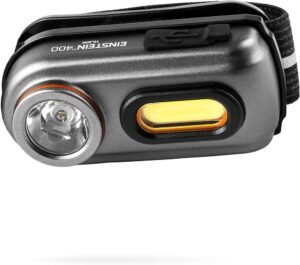


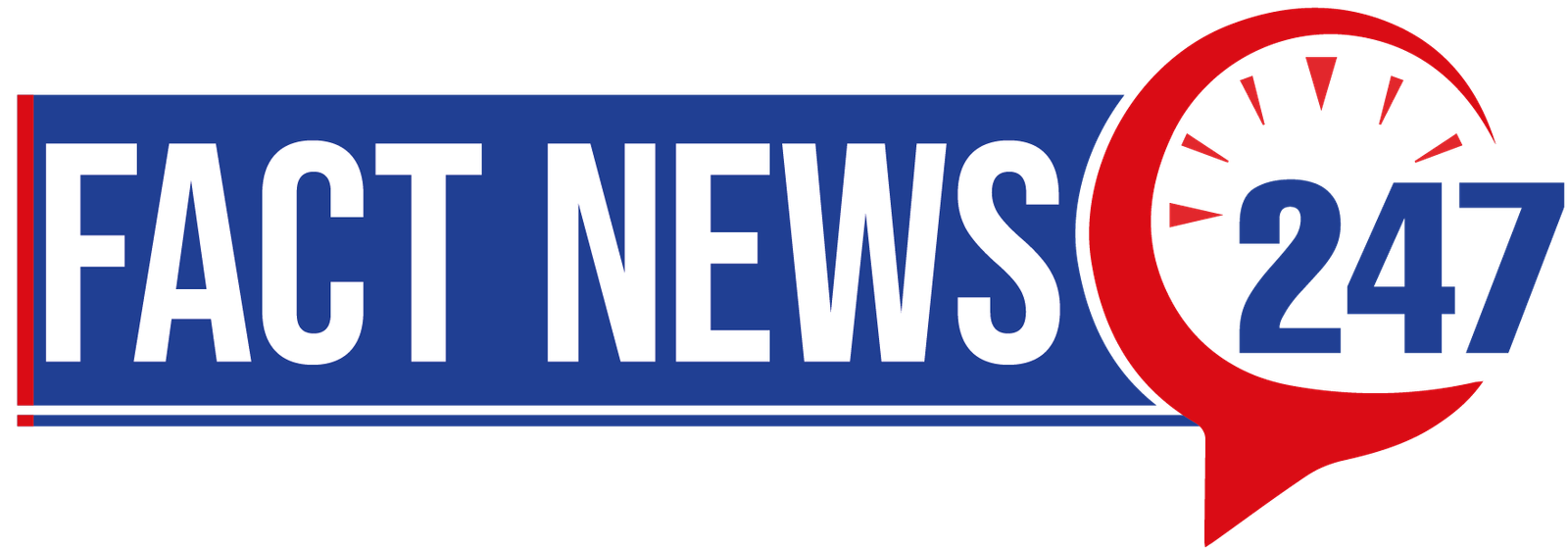
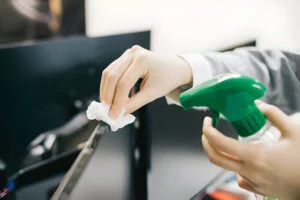



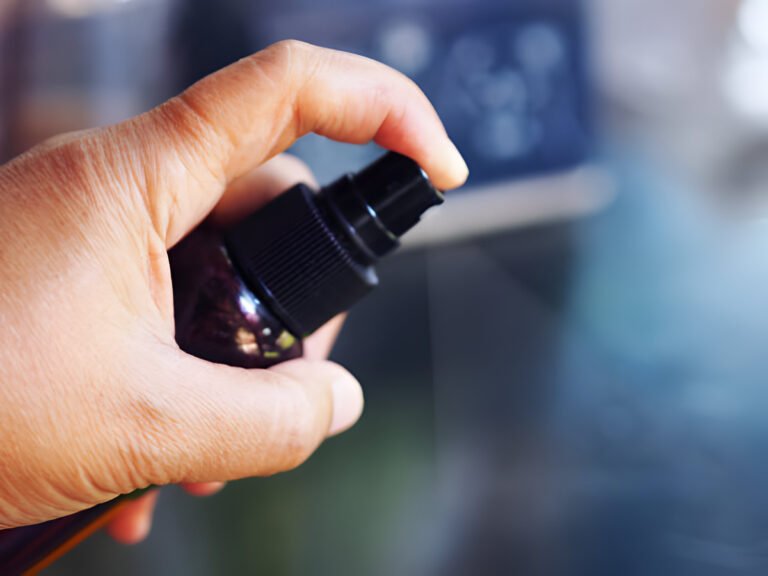










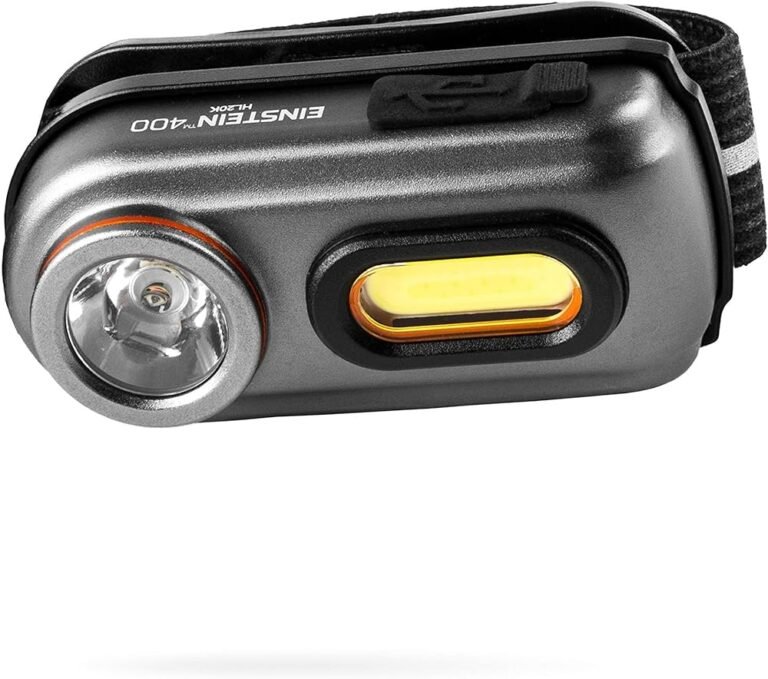

+ There are no comments
Add yours